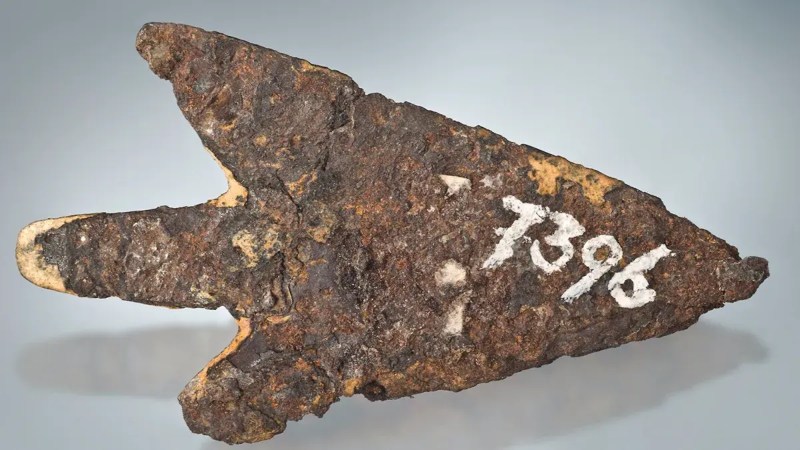

For the first time in almost a century, a team of archaeologists have discovered stone walls dating back to the Roman Empire in Zug, Switzerland. The Alpine state in the central portion of the country is known for hockey, beautiful scenery, and some exciting archaeological finds. In a translated press release, the Office for the Preservation of Monuments and Archeology called the finding an “archaeological sensation” for the region that could offer more insight into Roman activity in central Switzerland.
[Related: Bronze Age cauldrons show we’ve always loved meat, dairy, and fancy cookware.]
While excavating a gravel pit in the city of Äbnetwald, a team uncovered the 2,000-year-old Roman walls that possibly once protected a building complex. They have also found some iron nails, pieces of plaster wall, gold fragments possibly from jewelry, millstones, glassware, crockery, bowls, and ceramic jugs called amphorae.
Archaeologists also found evidence that some elite people lived at the site, including imported Roman tableware called terra sigillata and some detailed glass vessels. During this time, amphorae jars typically held fish sauce, wine, or olive oil and provide some evidence that the Romans in the region traded with Mediterranean countries.

According to the team, it is not surprising that this elevated position near the city of Äbnetwald was selected as the location for their buildings. It offered an excellent overview of the surrounding landscape. A gravel hill nearby was already inhabited several thousand years before the Romans came, indicating that it was already prime real estate.
The walls extended to at least 5,300 square feet and it is still unclear how the site was used. According to Christa Ebnöther, a professor of archeology of the Roman provinces at the University of Bern, it could have been a villa that had a view of a temple building.
[Related: Pompeii’s archaeological puzzles can be solved with a little help from chemistry.]
“We were also amazed that the top bricks were even visible above ground. Only a few structural relics of this kind from the Roman period are known in the pre-Alpine region—in contrast to other regions. What is also astounding is the relatively good preservation of the remains,” said Ebnöther.
The team also found multiple bronze and copper coins. A silver denarius minted by Julius Caesar from around the First Century BCE with an elephant trampling on either a snake or a dragon etched into it was found amongst them.

Previously, archaeologists have uncovered other valuable finds in this area, such as a number of coins from the ancient Celts, the remains of a settlement dating to the middle of the Bronze age, and evidence of burials from the late Bronze age.
On Saturday, September 2nd, the general public is invited to tour the excavation and learn more about the Romans who lived in pre-Alpine Central Switzerland.















